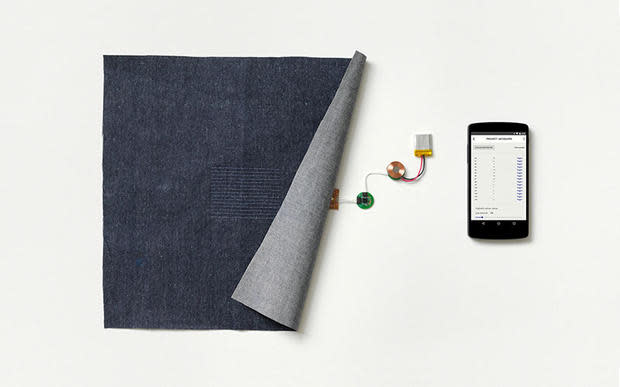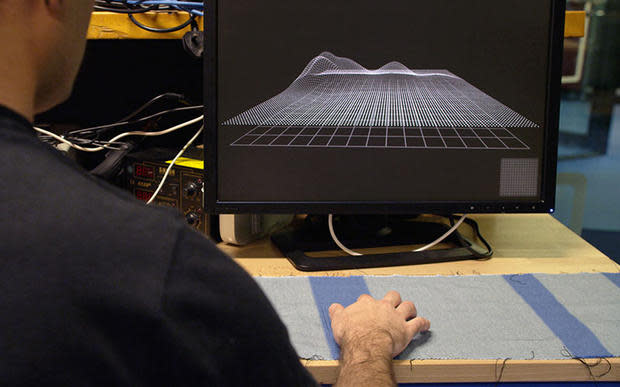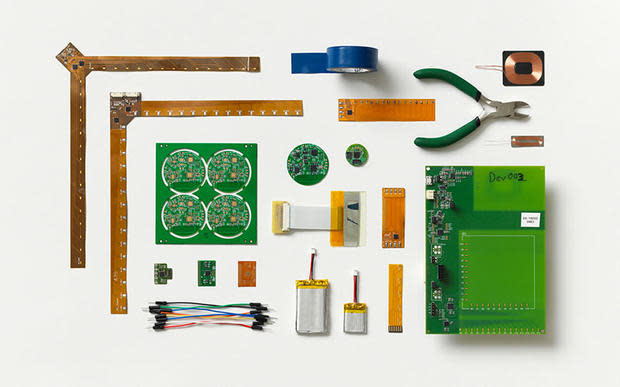How Google's Project Jacquard turns your clothes into wearables
This article, How Google's Project Jacquard turns your clothes into wearables, originally appeared on TechRepublic.com.

Jacquard allows users to turn their clothing into an interface for their mobile device.
Image: Google
It seems like Google is woven into the fabric of our daily lives in so many ways. Now, Google will be woven into the fabric of our clothing as well.
Google's Project Jacquard uses conductive yarn to create fabric panels that can be used to interact with a device. To create the yarn, conductive metal alloys are braided together with fabric fibers to make a product that is also strong, but still feels like yarn.
The project was unveiled at the 2015 Google I/O conference. The name likely comes from the Jacquard weaving process invented by Joseph Marie Jacquard.

A Google ATAP team member tests the Jacquard conductive yarn.
Image: Google
Connected apparel is nothing new, with companies like fitness clothing brand Athos having been in the market with their health-focused clothing for a little while already. However, the Google ATAP (Advanced Technologies and Projects) team behind Jacquard wants to make the concept fashionable and scalable. Google wants Jacquard to be available for use in existing brands and products.
"We cannot expect the global fashion industry to change just for us, even though we're Google," Jacquard founder Ivan Poupyrev said in a video.
One of the project's big differentiators is that it can be woven into any fabric using existing, industrial looms. The yarn can be made in many colors and can be woven to be obvious on the garment, or invisible.
Of course, electronics must also be embedded into the fabric in order for the fabric to work as an interface. Connectors and small circuits are embedded into the fabric as well, with the circuit about the size of a jacket button.

Some of the components used in Jacquard.
Image: Google
"In terms of what the technology can do, it's really up to the users and up to the designers. We expect that users can reconfigure it as much as they want to," Carsten Schwesig, design lead for Project Jacquard, said in the video.
Poupyrev debuted a working prototype at Google I/O in the form of a tan blazer, and the team has found its first partner in San Francisco-based company Levi Strauss & Co. Google itself is not manufacturing garments, but they hope to have something out through Levi in 2016.
While initially geared towards clothing, Google documents also mention that it could be used for toys, furniture, and construction materials.
The team is currently working on building out the environment for Jacquard. According to the Jacquard website, it's working on "developing custom connectors, electronic components, communication protocols, and an ecosystem of simple applications and cloud services."

